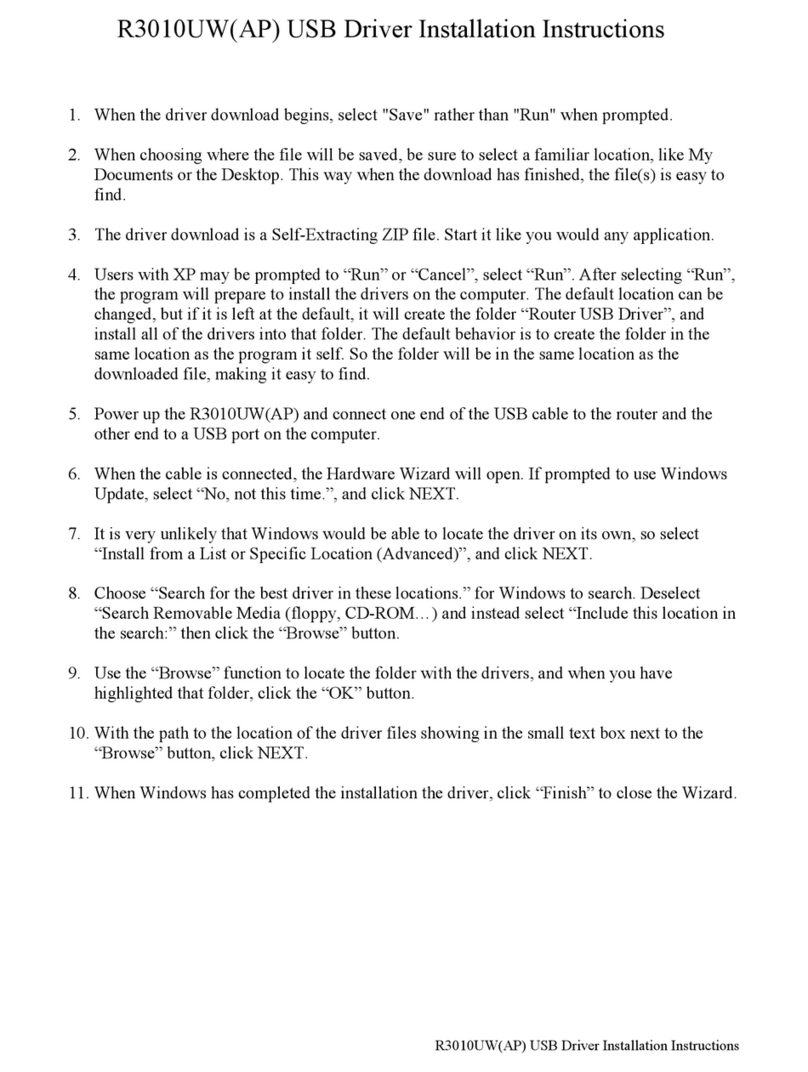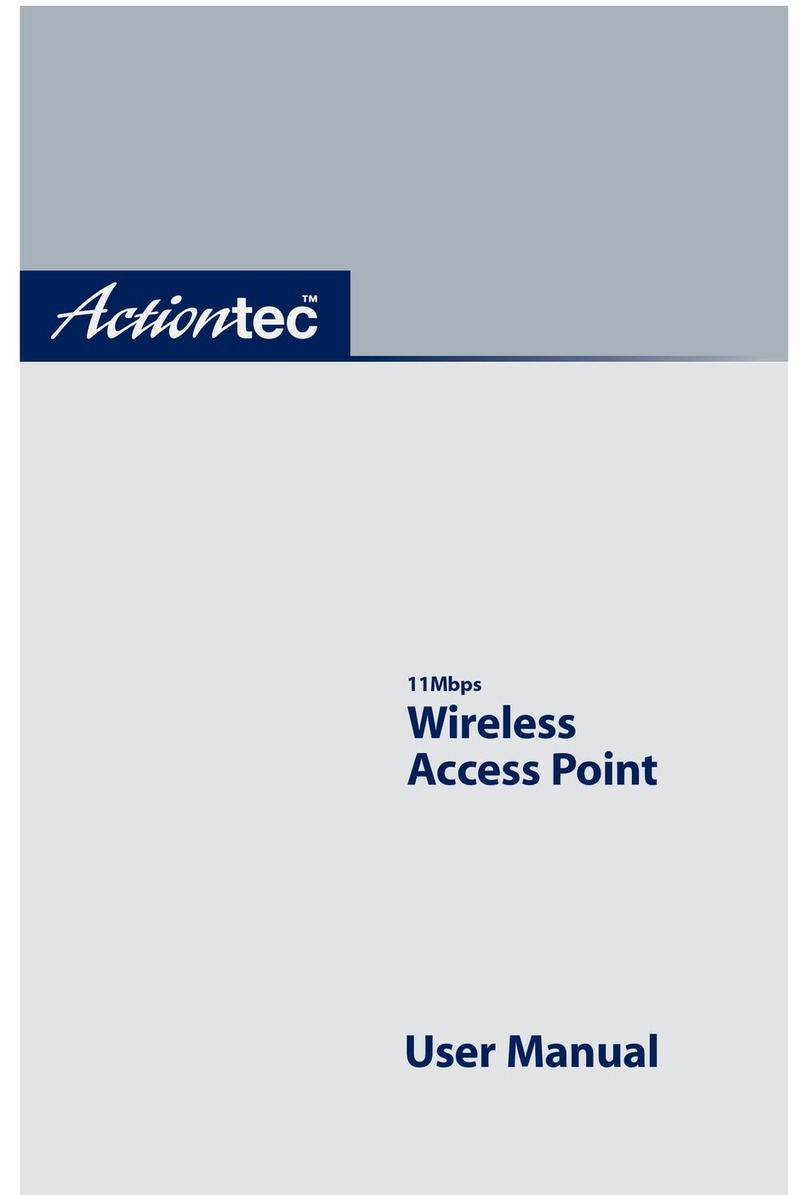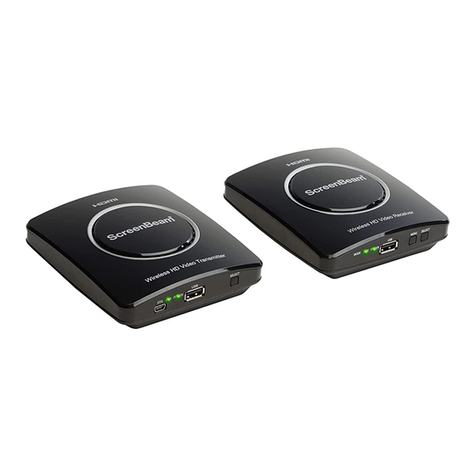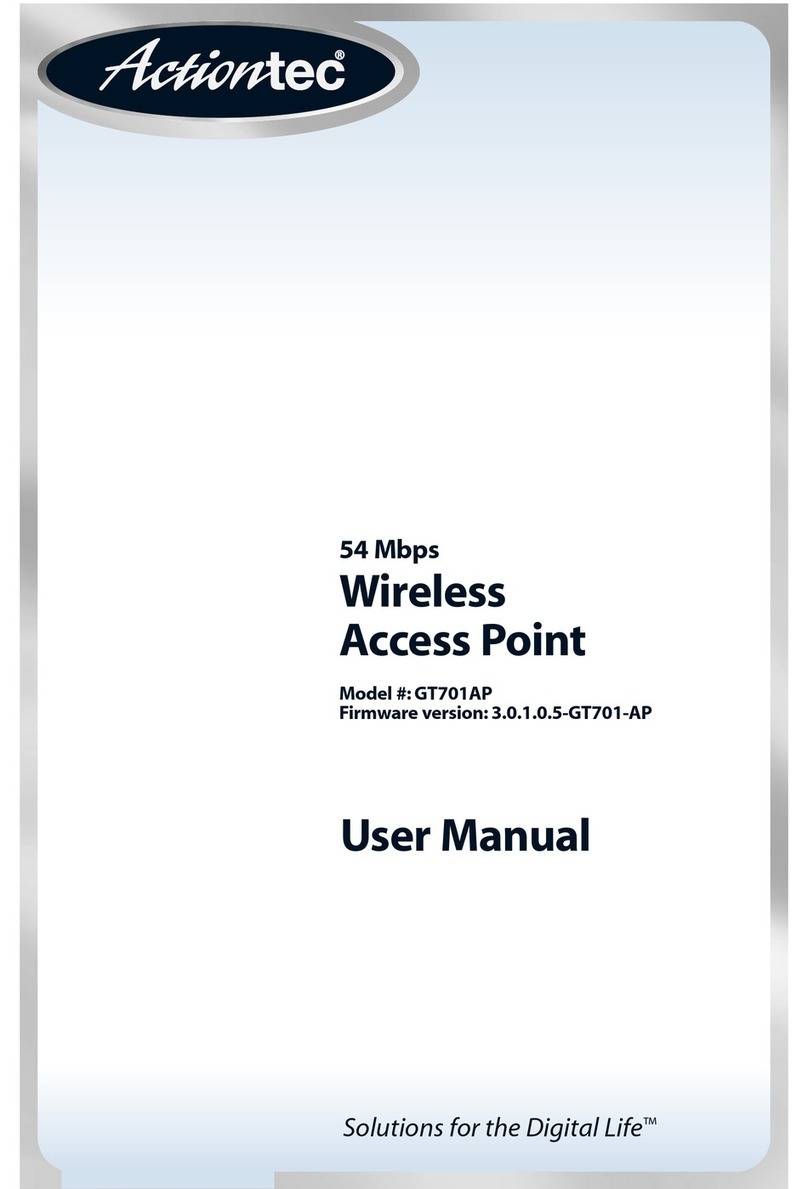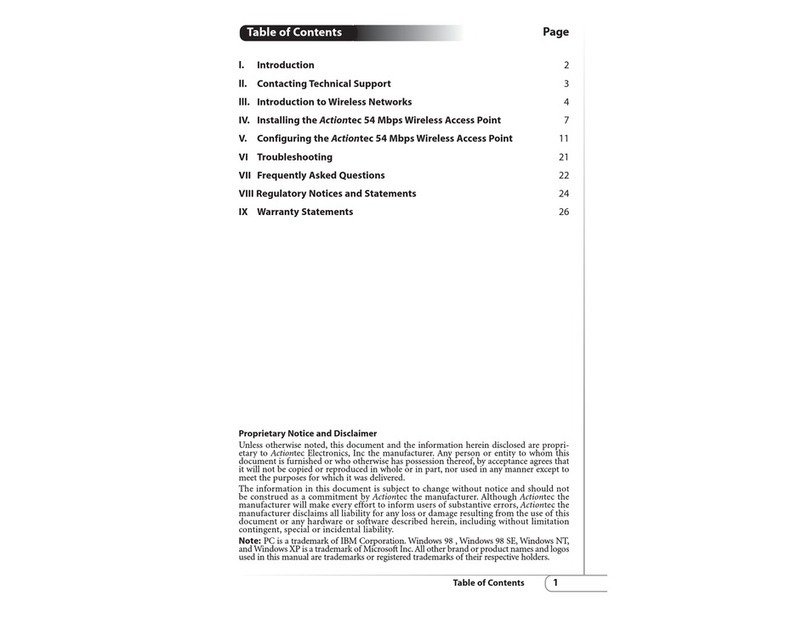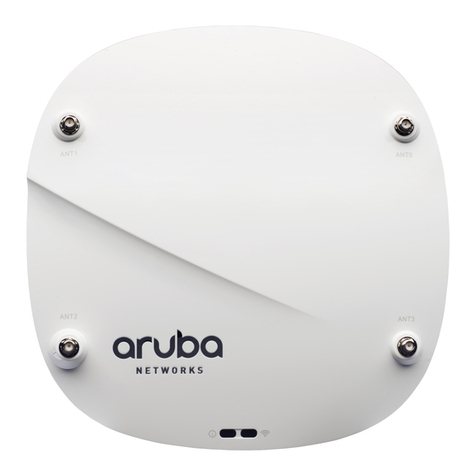Page 8 of 130
The unit of measure for a cycle is 1 Hertz (Hz), and is measured relative to 1 second. A signal that
oscillates 10 times per second would have a frequency of 10 Hz. A signal that oscillates 60 times per
second would have a frequency of 60 Hz.
When speaking of high frequencies, it becomes cumbersome to use the unit Hz. Instead, multiples
of the following units are used -
1 Kilohertz (kHz) 1,000 Hz
1 Megahertz(MHz) 1,000,000 Hz
1 Gigahertz(GHz) 1,000,000,000 Hz
For example, 1,500 Hz is the same as 1.5 kHz.
Amplitude is typically measured with the relative unit called the decibel (dB). It is a relative unit
because it does not indicate the exact amplitude of a signal. Rather, it indicates how much louder or
softer (stronger or weaker) one signal is compared to another.
Voice Frequency
Most of the energy in your voice is centered around 400 Hz. The frequencies of the vowel sounds
are contained in the range of 100 to 2,500 Hz (2.5 kHz), while the consonants are in the range of 2
kHz to 3.4 kHz.
Depending upon their age, a human is able to detect sounds in the frequency range of about 10 Hz
to 20 kHz. However, the frequency range required for voice communications is quite narrow;
between 300 Hz and 3 kHz is all that is necessary for conversations to be intelligible.
Sound Wave to Electrical Energy
In order to deliver your voice across the telephone circuit, the sound waves must be converted from “air
energy” to electrical energy. This is done with “transducers” in the handset of the telephone.
A transducer is simply a device that converts one form of energy to another.
The transducer, or microphone, in the mouth-piece of your telephone handset vibrates (much like a listener’s
eardrum) in response to the frequencies and amplitudes of your voice and creates corresponding “waves” of
AC (Alternating Current) electrical energy.
These electrical signals are carried across the telephone network to the receiver’s telephone, where the
transducer in the ear-piece (speaker) of their handset converts them back, from an AC signal, to sound
waves.
Delivering electrical signal from your telephone to the destination requires two things to happen –
The destination for the call.
The path to take to reach the destination.
In order to indicate to the telephone system what telephone you want to be connected to, you must send
the destination phone number to the telephone system Central Office (CO). In other words, you need to dial
the phone number.
When you dial the phone number, you are “signaling” the destination address to the telephone system. This
signal is communicated to the CO by a series of known frequencies, or tones, that represent the individual
numbers and symbols on a telephone keypad. When you touch the keys on the keypad, their corresponding
tones are generated and sent to the CO. This is commonly known as touch-tone dialing.
DTMF Dialing
The formal designation for touch-tone is DTMF, which stands for Dual-Tone Multi-Frequency.
With DTMF, each number or symbol on the telephone keypad is represented by a specific
combination of two tones.
Whenever you press a key on your telephone keypad, the combination of tones is chosen from a set
of fixed frequencies. This combination of two, or dual, tones from multiple frequencies is where the
DTMF name is derived.
For example, when you press the “5” key, the frequencies 770 Hz and 1336 Hz are sent to the CO.
This process is repeated for each key you press.
